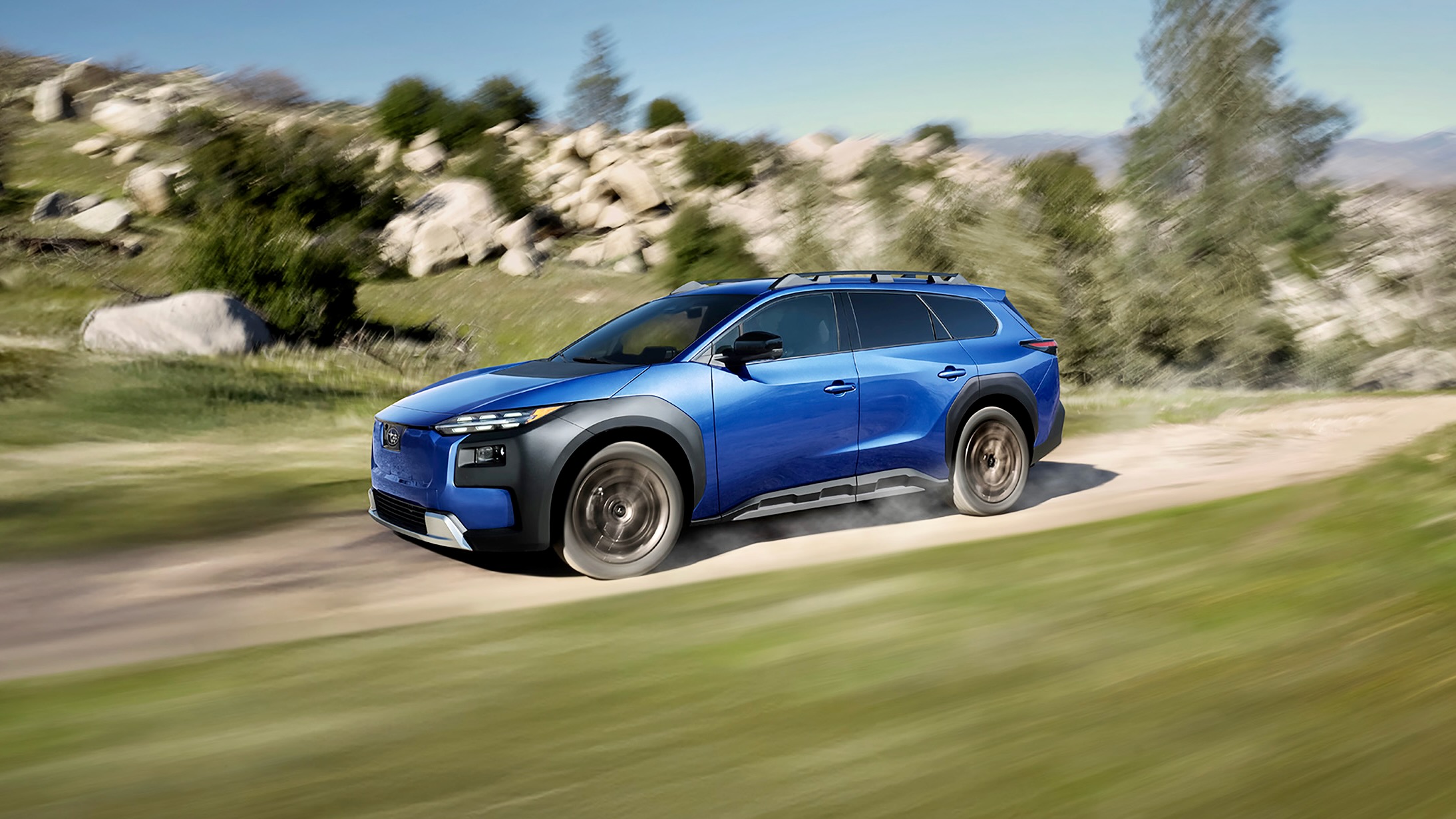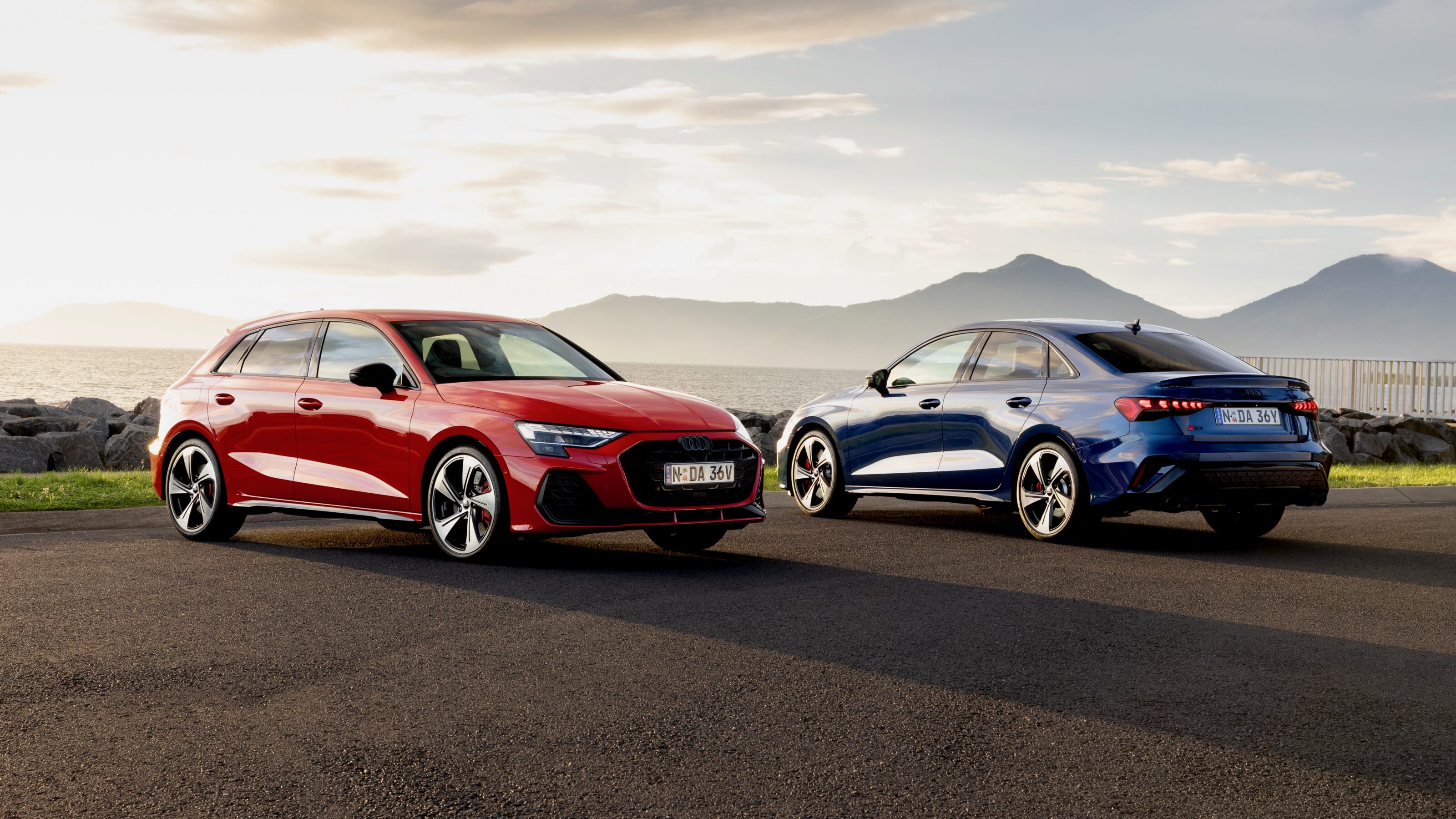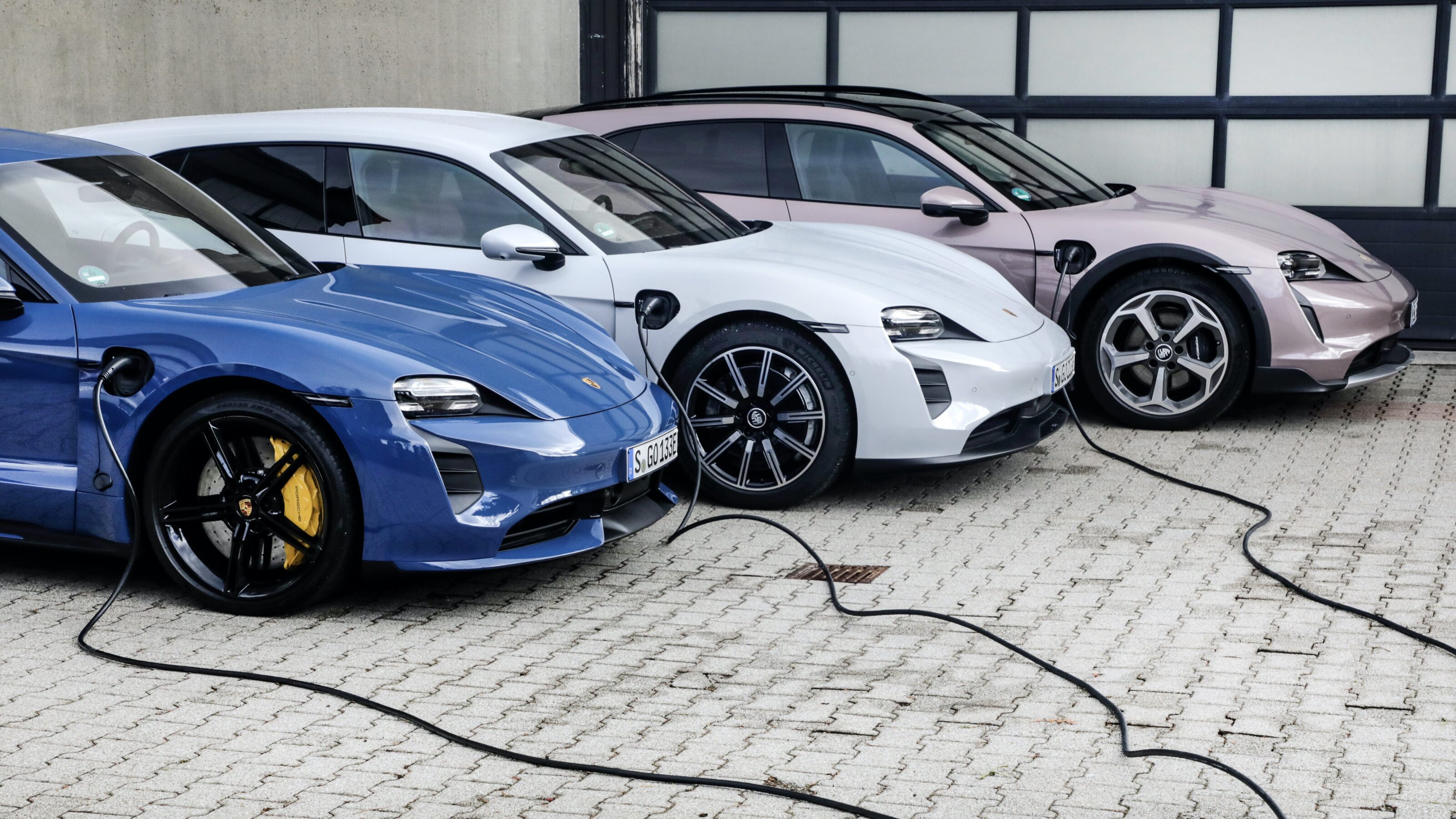
Porsche has been testing out how its Taycan could operate using vehicle-to-grid charging applications in Germany.
In future, when electric cars are not being driven, the hope is they could also feed energy back into the public power grid.
A pilot conducted by Porsche, together with German grid operator TransnetBW and consulting firm Intelligent Energy System Services (IE2S), has demonstrated that electrical balancing power can be stored in the high-voltage batteries of an intelligent swarm of electric cars.
As part of the project, five series-production Taycans were connected to the power grid via the Porsche Home Energy Manager (HEM) both in homes and under laboratory conditions.
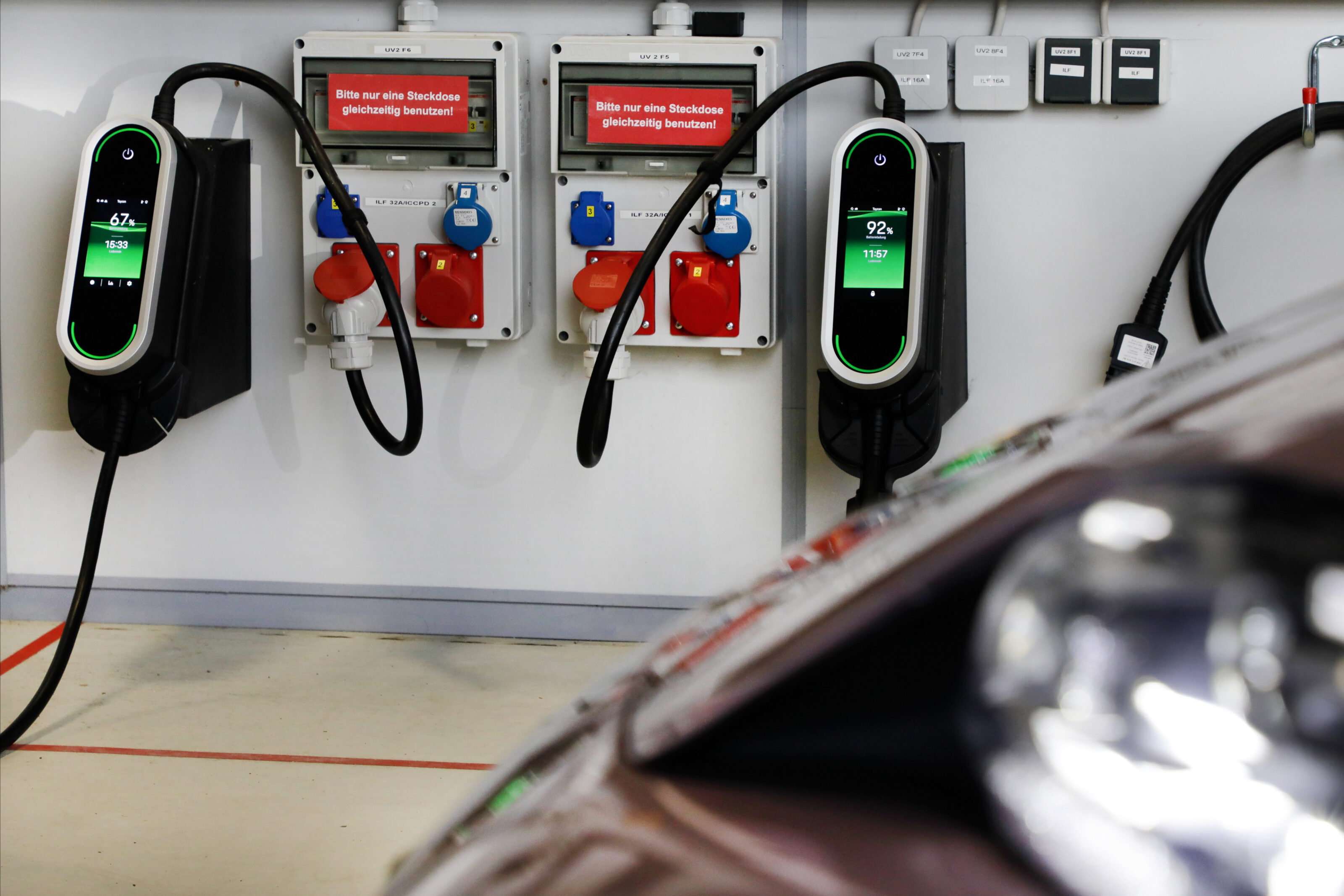
“The charging technology of the Porsche Taycan and our Home Energy Manager and Mobile Charger products have a lot of potential for the future: the pilot test proved that. And the balancing power market isn’t the only thing a pooling system of this kind can be used for,” said Lutz Meschke, Deputy Chairman of the Executive Board of Porsche AG.
“Advanced solutions for green charging and other vehicle-to-grid applications are also conceivable. And that’s not all: if electric vehicles feed electrical energy back into the grid in the future, contributing to the expansion of regenerative energy, it will further increase the acceptance of e-mobility.”
With the expansion of renewable energies, Porsche says balancing power will become even more important in the future for secure grid operation. This is because the power grid must always be stable, even though the wind and sun are not always producing consistent amounts of energy. If power grids are not stabilised at a constant 50 Hertz power frequency, there is a risk of power cuts.
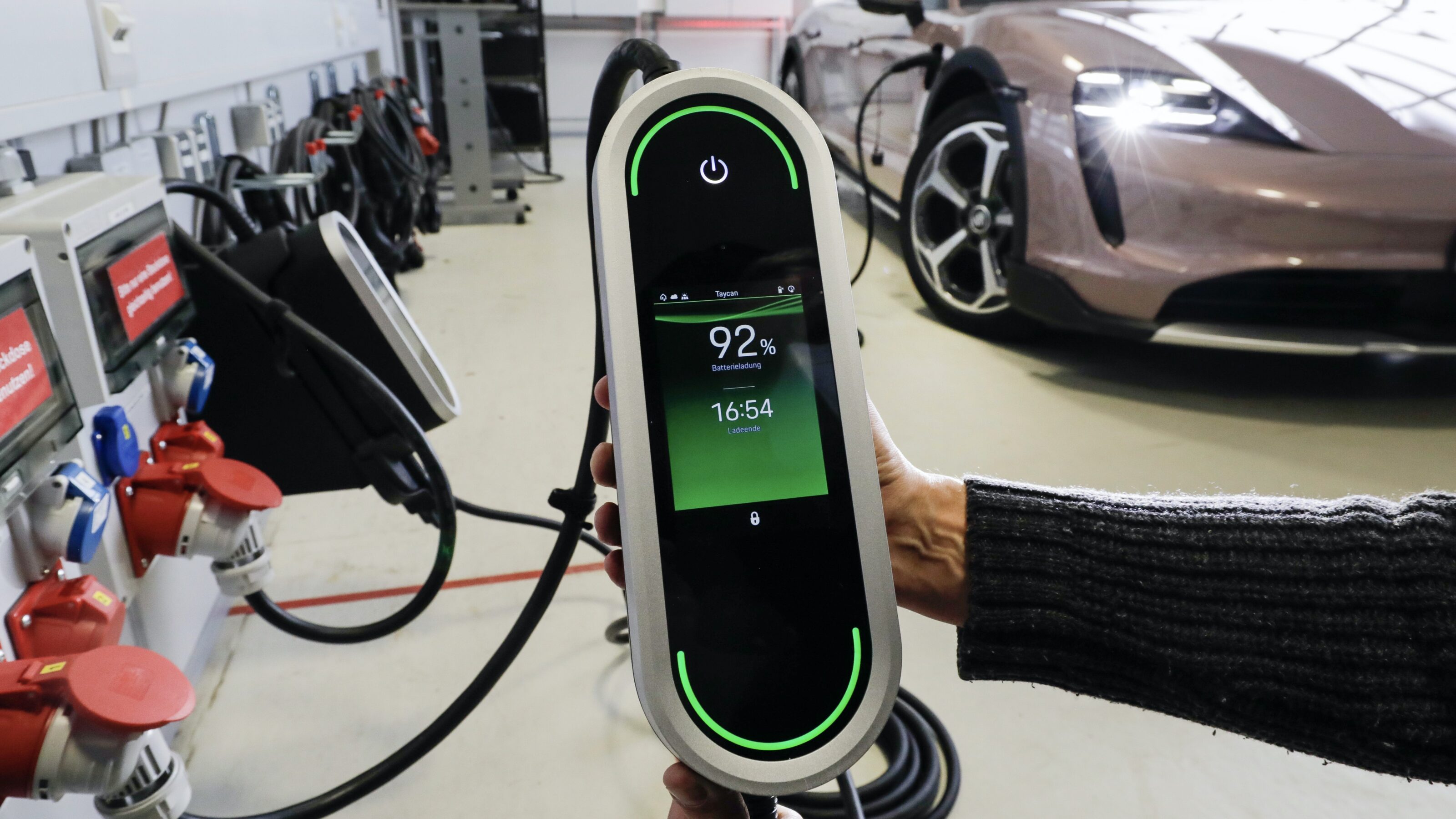
Until now, conventional power plants in particular have been responsible for cushioning these fluctuations. Using high-voltage batteries as a buffer, the marque says would be a win-win situation: drivers of electric cars could be financially compensated for their contribution to balancing power.
The key element of the data communication used in the pilot test is a cloud-based pooling system developed by IE2S. This co-ordinates and controls the charging processes of the electric vehicles in real time, by translating the grid operator’s balancing power setpoints into vehicle-specific signals.
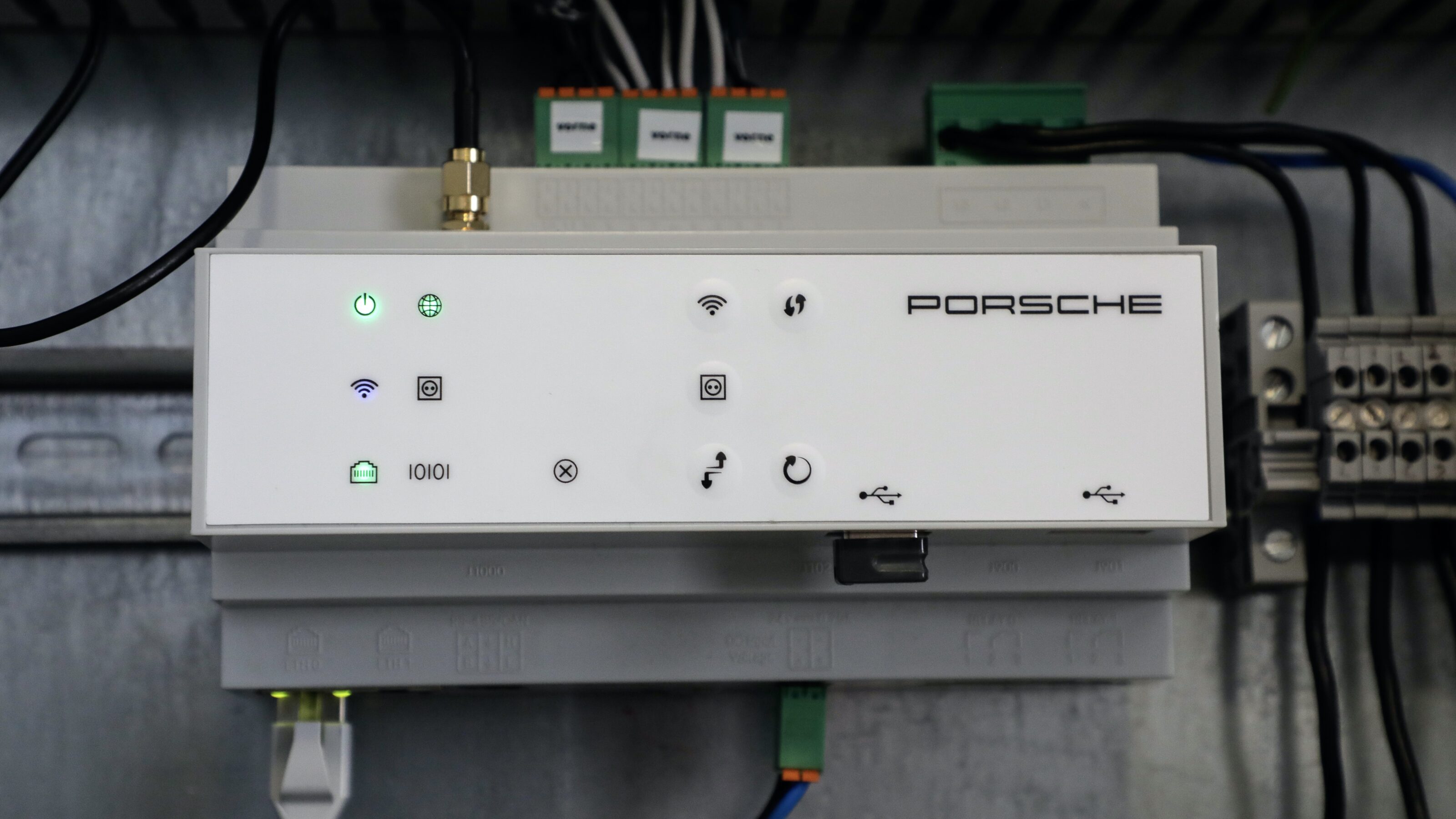
The pooling system also controls the high-frequency and synchronous bidirectional transmission of data. In order to test it, the pooling system was connected to TransnetBW’s main control centre in Wendlingen, near Stuttgart, Germany.
“A real measurable milestone: the project team has managed to implement the complex communication infrastructure between our control system and several electric vehicles. At the same time, the strict specifications for storing and supplying balancing power have been met. This will enable us to integrate electromobility into the intelligent power grid of the future,” said Dr Rainer Pflaum, Chief Finance Officer at TransnetBW.
We recommend
-
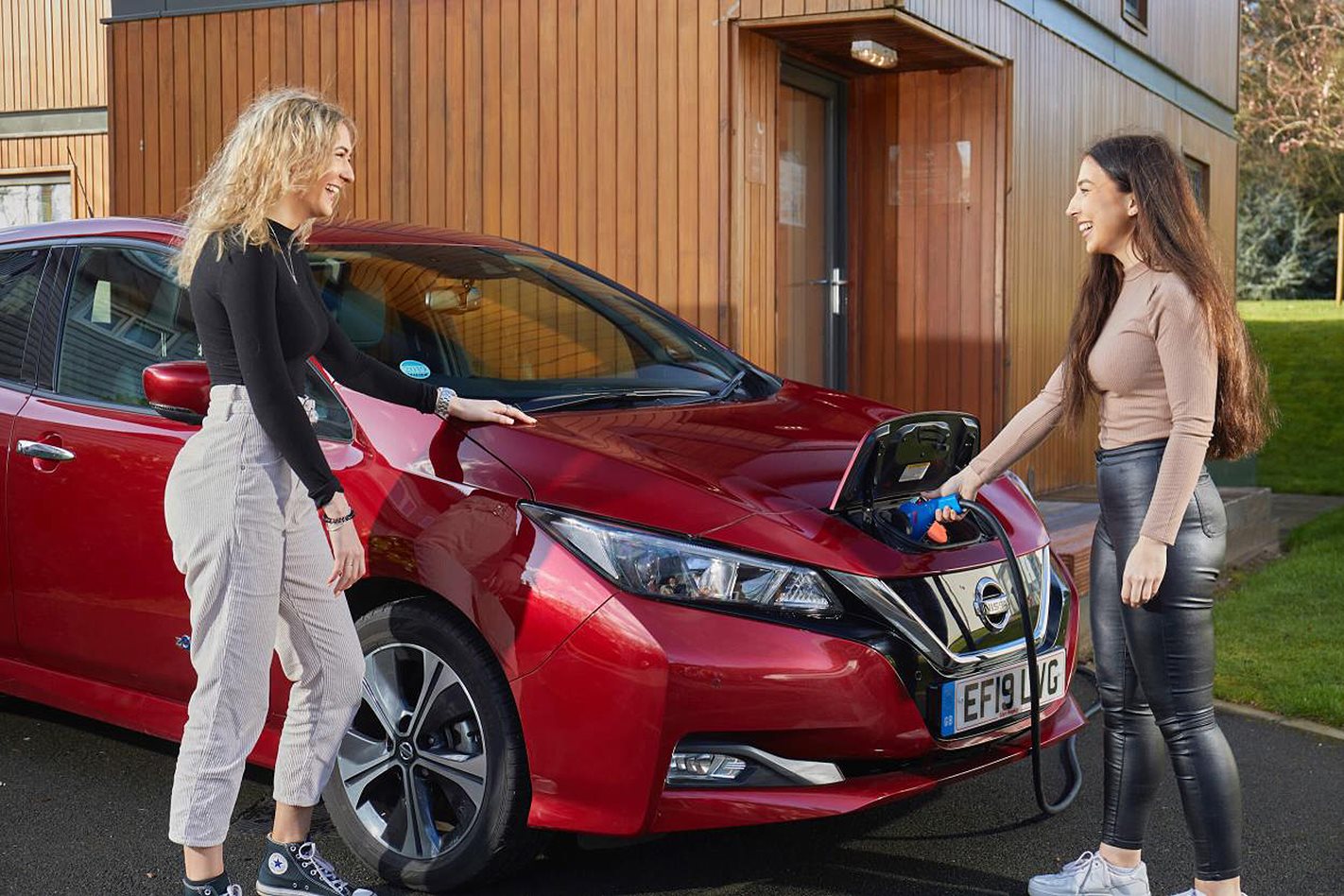 Advice
AdviceVehicle-to-grid technology explained
V2G allows an electric vehicle to return power to the grid and even run home appliances
-
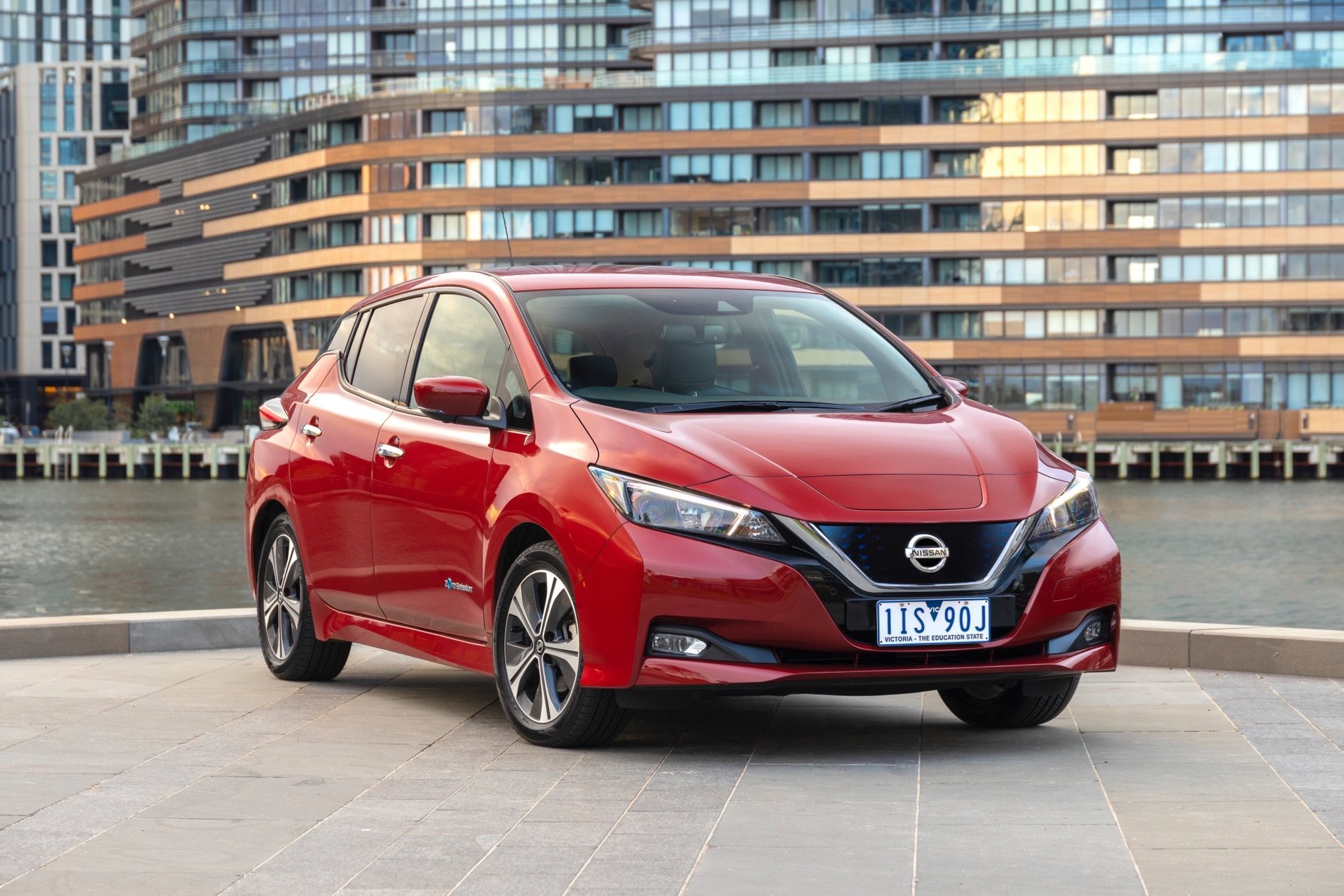 News
NewsNissan Leaf Vehicle-to-grid energy tech switched on in ACT trial
The Nissan Leaf gives the power to the people by using Vehicle-to-grid tech that can put the car’s reserve energy back into the electricity grid
-
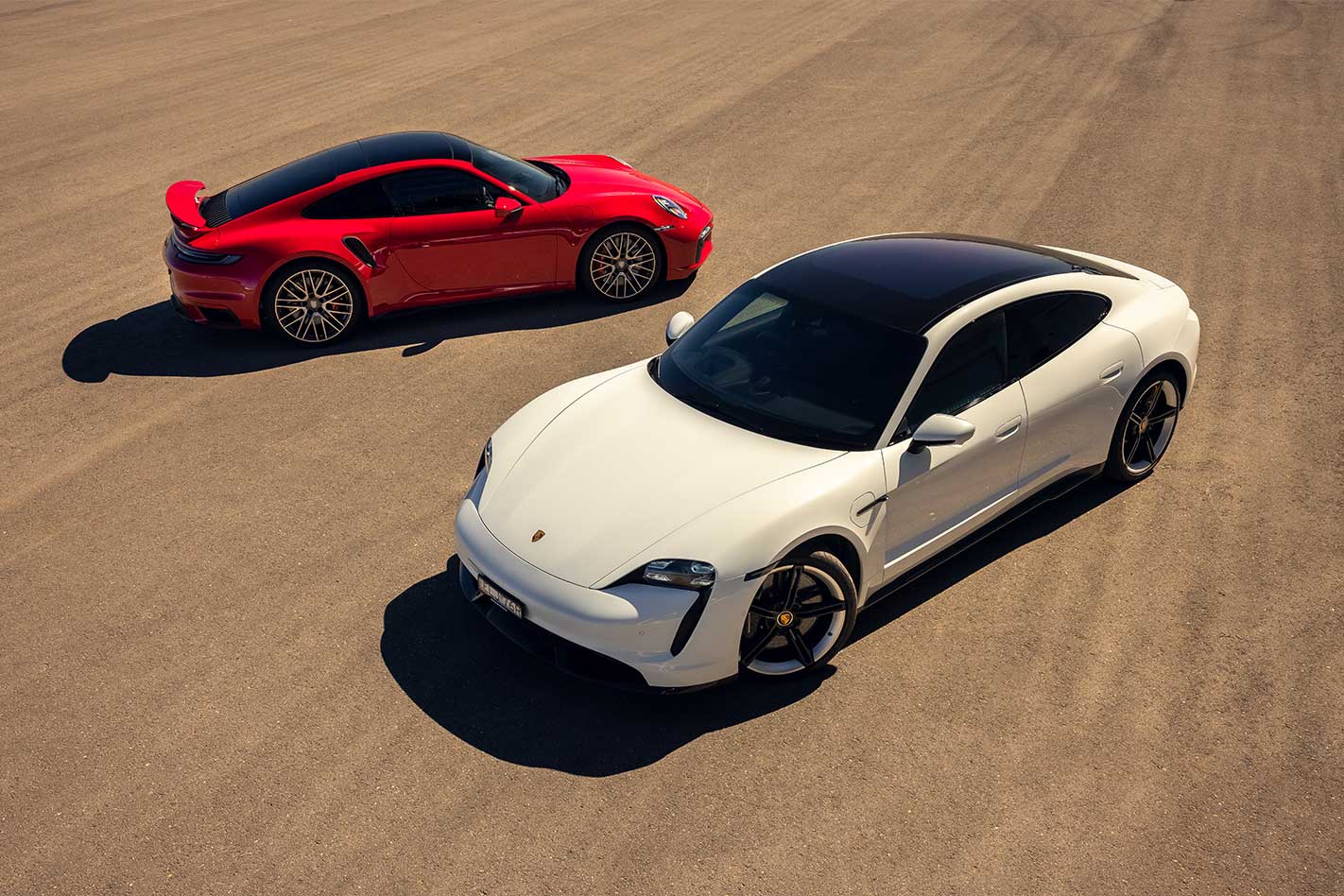 News
NewsPorsche's electric Taycan outsells 911 in record 2021
Electric flagship beats iconic sports car to sales gong – locally and worldwide


